Holdover Provisions in Commercial Leases
Holdover provisions are an important aspect of commercial leases, where the timing of tenant turnover can have significant implications for landlords. A holdover occurs when a tenant remains in possession of the leased premises after the expiration of the lease term without the landlord’s consent. The holdover provision in a lease defines the rights and obligations of both the landlord and tenant during this period, including the financial consequences and legal implications.
What Is a Holdover Provision?
A holdover provision specifies the terms under which a tenant may remain in the leased premises after the lease term has ended. It typically addresses the rental rate that will apply during the holdover period, often imposing a premium rent to discourage tenants from overstaying. Additionally, the provision may outline the landlord’s remedies, including the right to initiate legal action for eviction or to recover damages resulting from the tenant’s continued occupancy.
Holdover provisions are essential for protecting landlords’ interests, as an overstaying tenant can disrupt the landlord’s plans to lease the space to a new tenant, potentially causing financial losses and legal complications. For tenants, these provisions clarify the financial and legal risks associated with failing to vacate the premises on time.
Key Considerations in Negotiating a Holdover Provision
1. Holdover Rent: One of the primary elements negotiated in a holdover provision is the rate of rent during the holdover period. Landlords typically seek to impose a significantly higher rent—often 150% to 200% of the base rent otherwise payable during any holdover period —to incentivize tenants to vacate promptly. This increased rate compensates the landlord for the inconvenience and potential losses incurred by the delay in re-letting the space.
2. Flexibility for Tenants: While landlords have a strong interest in ensuring timely vacancy, tenants often seek some flexibility in the holdover provision. At the end of a lease, tenants may be managing the complexities of moving to a new location, including coordinating construction, securing necessary permits, or dealing with delays. As a result, tenants may request a brief period of holdover at a reduced holdover rate before the rent escalates, providing a buffer to accommodate unforeseen delays. Tenant’s with substantial bargaining power may even negotiate for a right to holdover for a fixed period time with advance notice to the landlord or to avoid consequential damages relating to their holdover for a limited period of time immediately following the lease’s scheduled expiration date.
3. Consequential Damages and Liability: Holdover situations can expose landlords to significant liabilities, particularly if they have prearranged leases with new tenants who expect timely possession. If a holdover tenant prevents the landlord from timely delivering the premises to a new tenant, the landlord may incur substantial damages. Consequently, landlords often insist that holdover situations be explicitly excluded from any waiver of consequential damages that might be included elsewhere in the lease. This exclusion helps ensure that landlords can recover their losses if a tenant’s holdover causes the landlord significant financial harm.
4. Exclusion from Force Majeure: It is also common for holdover provisions to be carved out of force majeure clauses. Force majeure typically excuses parties from performing their contractual obligations due to extraordinary events beyond their control, such as natural disasters or government actions. However, landlords often exclude the tenant’s obligation to timely vacate the premises from force majeure protections, in light of the significant damages that a landlord can incur if a tenant fails to honor its obligation to timely vacate the leased premises.
5. Landlord’s Other Remedies: It is important to note that the remedies provided to a landlord in a holdover provision, including an obligation of the tenant to pay an increased holdover rent, do not prevent the landlord from exercising the other remedies available to it, including initiating an eviction proceeding. With limited exceptions, holdover provisions are not intended to permit a tenant to holdover beyond the scheduled expiration of the lease term, but to provide some mechanism for compensating the landlord for the inconvenience of such holdover, and to discourage a tenant from holding over. However, the landlord is not required to acquiesce to the tenant’s holding over and may initiate the remedies available to it during a period of holding over, even while collecting hold over rent.
Conclusion
Holdover provisions are a vital component of commercial leases, providing clarity and protection for both landlords and tenants as the lease term ends. These provisions ensure that tenants understand the financial and legal consequences of overstaying their lease, while landlords are protected from the potential disruptions and losses caused by an unexpected holdover.
When negotiating holdover provisions, it is crucial for both parties to carefully consider the implications and to clearly define the terms. Landlords should ensure they have adequate remedies to address the potential impacts of a holdover, including the recovery of consequential damages. Tenants, on the other hand, should seek reasonable flexibility to manage the practicalities of relocating, balanced against the need to avoid excessive penalties.
Ultimately, a well-drafted holdover provision protects the interests of both parties, ensuring a smooth transition at the end of the lease term and minimizing the risk of disputes or financial losses. By addressing these issues upfront, landlords and tenants can achieve a fair and practical resolution to the challenges posed by lease expirations.



